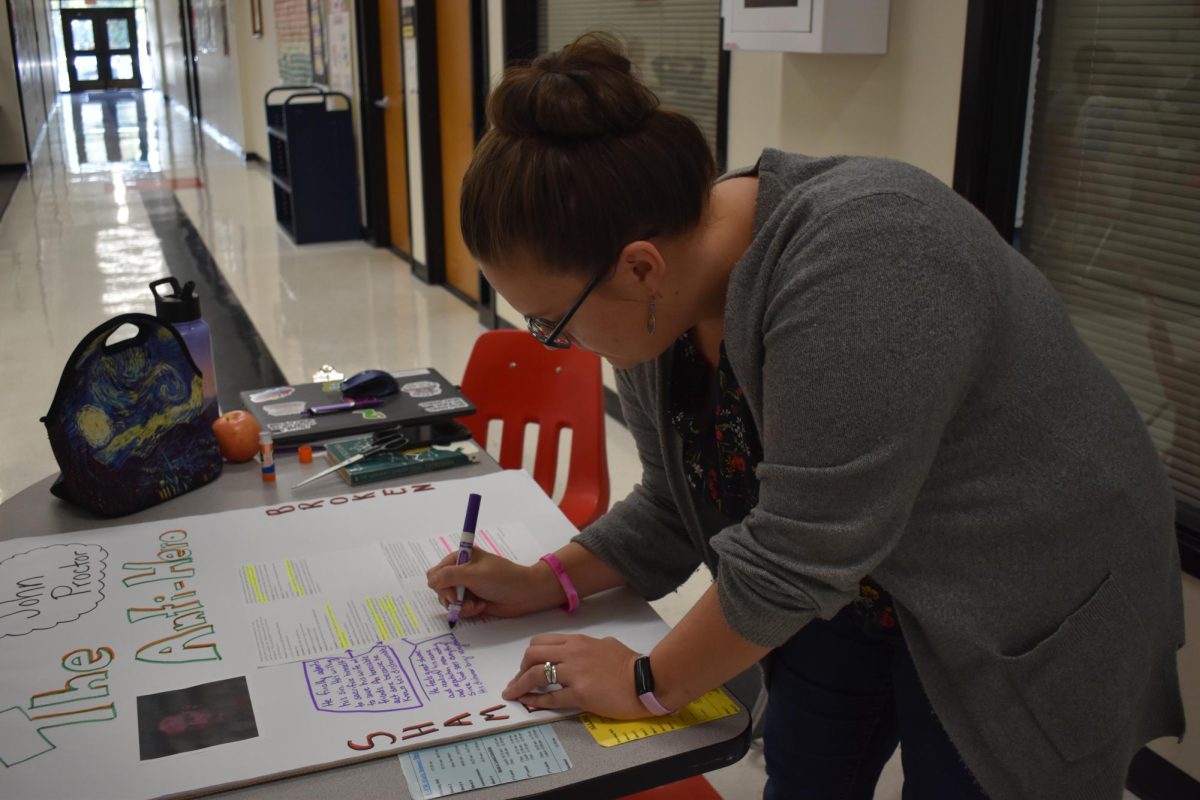Students may have noticed teachers begin to sit in the hallways “monitoring” during the time they used to spend in their classrooms. That’s because the teachers’ plan time has been cut in half. The time they used to spend planning their lessons are now spent supervising kids in the hallway to make sure they use their time wisely. Although some see this as effective, the teachers, on the other hand, have other opinions. Business teacher Sarah Hale, says teachers don’t see the connection between student data and hallway supervision.
“Reflecting on the data that was presented to us at the beginning of the school year, I don’t necessarily see how it helps us improve student achievement,” Hale said. “10 staff members being in the hallway is not going to help improve student achievement. I think there’s another way to utilize our talents and our specialties to better the students.” Hale is also the building rep for Parkway NEA, the teachers union.
Along with the extra changes, teachers have to go out of their way to keep students learning the highest quality of curriculum with the amount of time they are given to plan. English teacher Christian Schaeffer spoke about his tough time dealing with the new change.
“Without adequate planning time for me to work on lesson plannings, grading and student and parent communication, I had to make some hard decisions about what I was going to prioritize and not prioritize…I cannot guarantee that my time, the time I had last year, is going to be the same this year,” Schaeffer said.
Teacher interviewees all believe that the cut on plan time has hurt both the students’ education and the teachers’ time equally. History teacher Paige Stewart, explains her difficulties adjusting to plan time cuts.
“I think that immediately, it affects me more, because I’m the one feeling the weight of all of these changes. But I think long term when students hear about what we used to do with past year classes…I think it will affect students more, but I don’t know if it will be as quick to realize what impact is on the students as immediate it is for us as teachers,” Stewart said.
The data that Hale is talking about is likely student performance data that was shared with teachers during professional development at the beginning of the year. Some of that data includes EOC scores and ACT scores and compares the Parkway schools to each other and to other districts. It also includes the number of students who are passing with As, Bs and Cs, with a 69% rate of these grades to occur throughout the students data.





